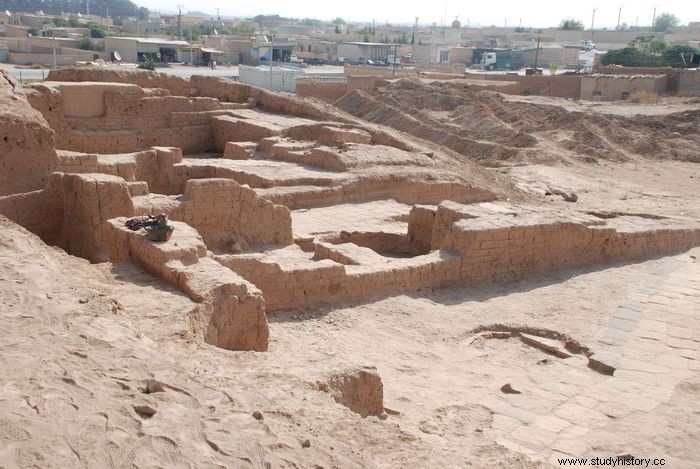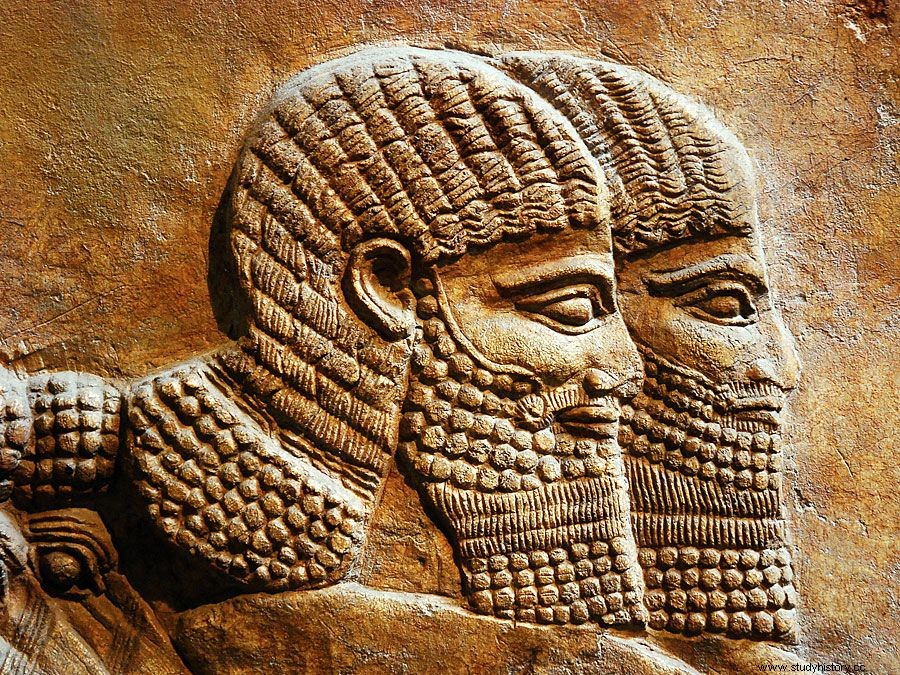Big Ḥalaf , also Written Tell Halaf , archaeological site of ancient Mesopotamia, on the upper reaches of the Khābur River in Near modern Raʾs al-ʿAyn to the NE Syria . Here is the first find of a neolithic culture, the glazed through ceramic is marked with geometric and animal patterns. The pottery is sometimes called Halafian ware.

 Britannica Quiz The Middle East:Fact or Fiction? Is the literacy rate in Afghanistan very high? Does Yemen take its name from the Arabic word "northern"? Sort the facts in this quiz about Syria, Iraq and other Middle Eastern countries.
Britannica Quiz The Middle East:Fact or Fiction? Is the literacy rate in Afghanistan very high? Does Yemen take its name from the Arabic word "northern"? Sort the facts in this quiz about Syria, Iraq and other Middle Eastern countries. The site was excavated by German archaeologists between 1899 and 1927. It was a thriving city from about 5050 to about 4300 v. , which is sometimes referred to as the Halaf period. The site was ( approx. 894 v . Ch. ) By the Assyrian king Adad-nirari II as a subsidiary city-state of Gozan registered . A brief period of independence ended in 808 v. Chr . The Assyrian queen-regent Sammu-ramat (Semiramis) and her son Adad-nirari III sacked the city and reduced the surrounding district to a province of the Assyrian Empire. A group of Israelites were deported there in 722 after the conquest of Samaria.
